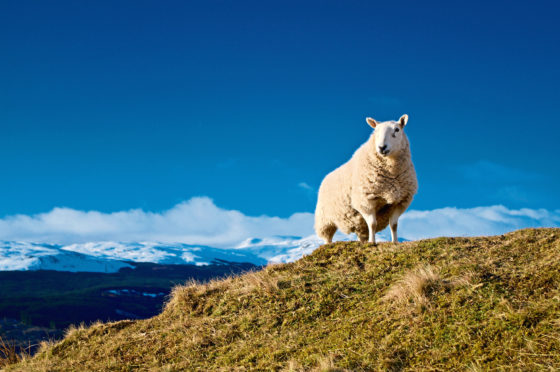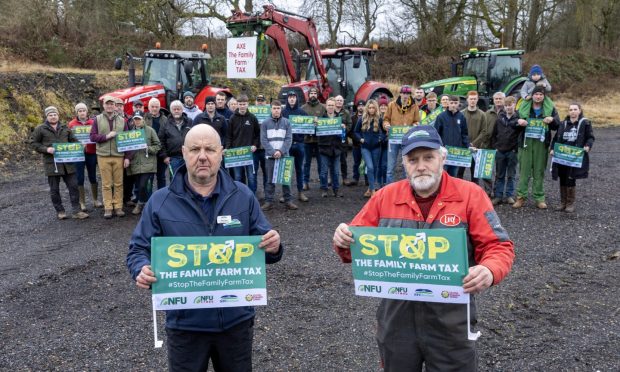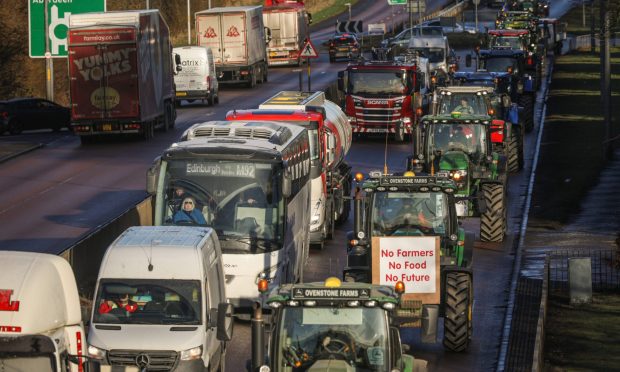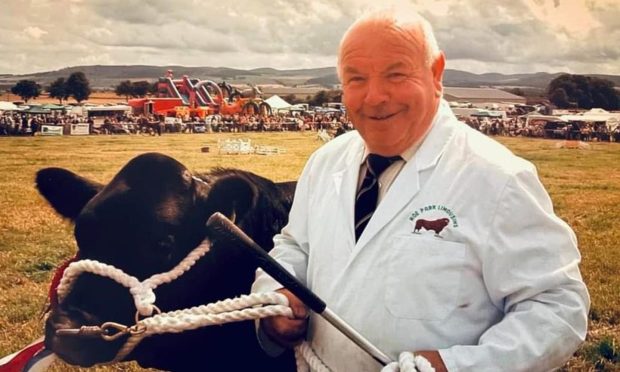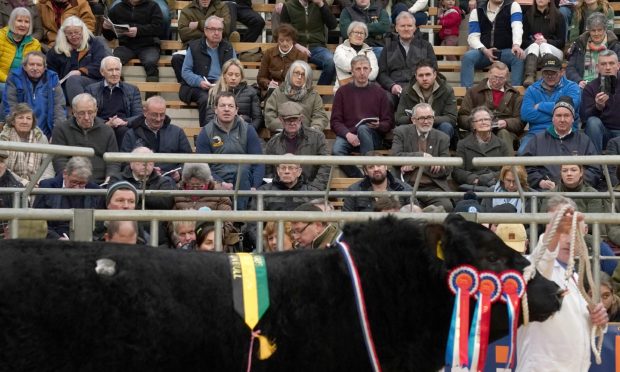With Brexit fast approaching – and indeed declining direct support for many farms also pending – it’s arguably never been more important for farmers to find ways to generate ways to keep farms sustainable.
Interestingly, a recent NFU Mutual report said more than a quarter of Scotland’s farmers plan to diversify to survive after Brexit and, the good news is, despite challenges including lack of time and unreliable broadband, that more than 94% of existing farm diversification schemes are successful.
What are the opportunities and challenges for tenant farmers?
The Agricultural Holdings (Scotland) Act 2016 – with reduced grounds for landlord’s objection and a shift of onus on to the landlord to actively object to a proposed diversification – has theoretically made it easier to diversify.
That said, tenant farmers do face challenges, particularly when it comes to accessing funding for a project without being able to leverage owned assets.
I recently attended the launch of the agritourism monitor farms where we heard new funding streams for similar developments may become more available again, and that some funding remains available through LEADER, depending on where the farm is.
Another issue is whether diversification works would be considered improvements to the holding and, if so, whether they need landlord consent. If so, the process for intimating tenants’ improvements remains the same.
That said, should improvements have been made historically, it may be worth considering whether the tenants’ improvement amnesty period, in operation until June 2020, can be used.
The amnesty is an opportunity for landlords and tenants to agree on a list of improvements contained in schedule 5 of the Agricultural Holdings (Scotland) Act 1991 that are eligible for compensation at tenancy termination, even though the proper procedures for notifying and recording the improvements may not have been followed.
The amnesty provisions are set up principally to deal with the issue around waygo, but there is increasing likelihood that the content of an amnesty agreement could prove useful in any future rent review.
The future method of rent review is still under review, but the 2016 act provides it will be based on what both the value of the property and how much landlord’s fixed equipment and land used for non-agricultural purposes might be let on the open market.
With the complexity in financial ramifications of diversification on a tenanted farm, the best practice remains early and open communication with the landlord.
